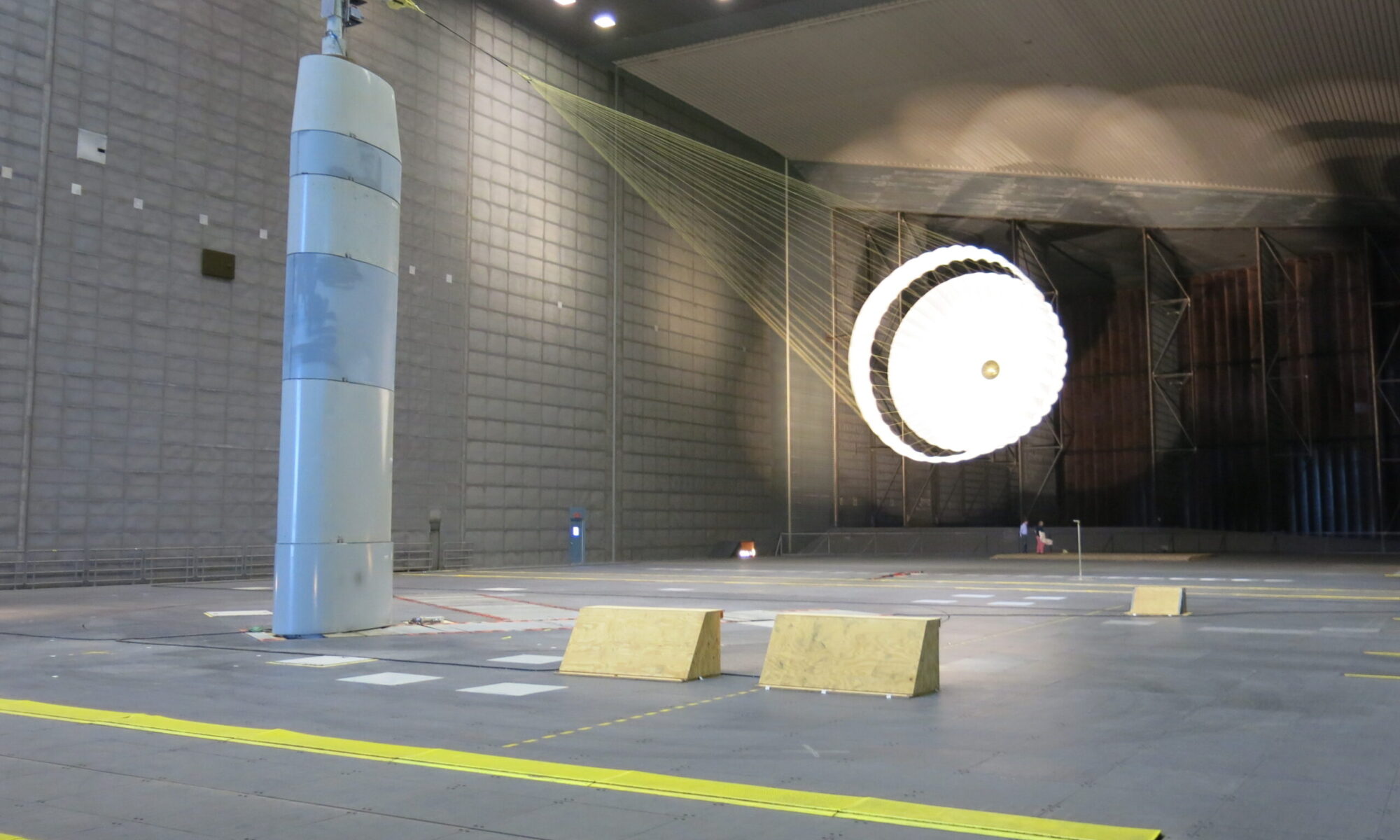Bringing samples of Mars back to Earth, although technologically challenging, is essential for answering critical scientific questions that cannot be addressed by purely in situ missions. Only in laboratories on Earth can scientists study the samples in sufficient detail to be able to begin to answer questions related to habitability and life. The Mars Sample Return mission will address these questions.
Mars Sample Return represents a milestone in the exploration of the Solar System and, in particular, in the investigation of Mars and the questions regarding its potential habitability. Some important factors influencing the design and development of such a mission are: landing site, sample size, sample collection and sample protection. As part of the Mars Sample Return mission it was necessary to develop an Earth re-entry vehicle demonstrator (EVD) to verify the ability to return samples of Martian soil safely to Earth without risk of microbial contamination of the Earth.
Our customer SSTL was the prime contractor the Earth Re-entry Vehicle Demonstrator study for ESA and conducted the mission analysis. Vorticity was required to analyse and define the probe architecture including entry, descent and impact attenuation. Vorticity was responsible for the re-entry capsule systems engineering, capsule structural design, simulation of impact on land and water and thermal analyses.


